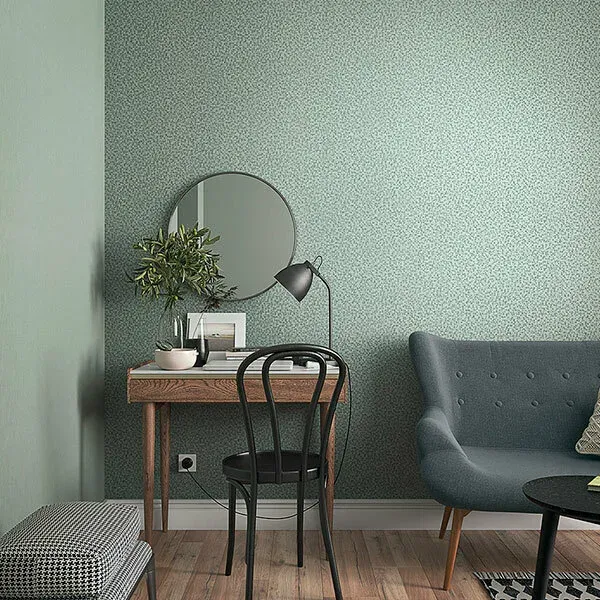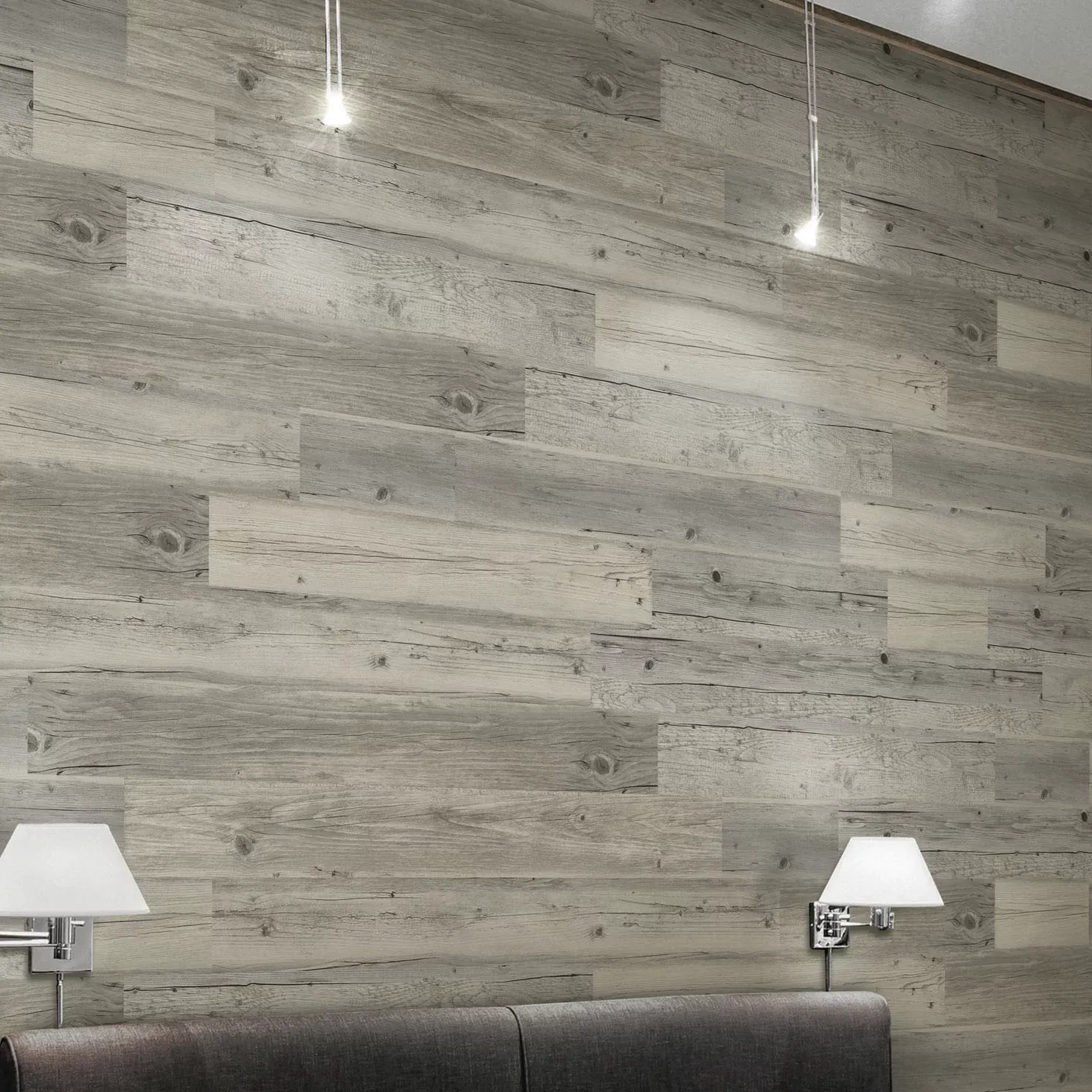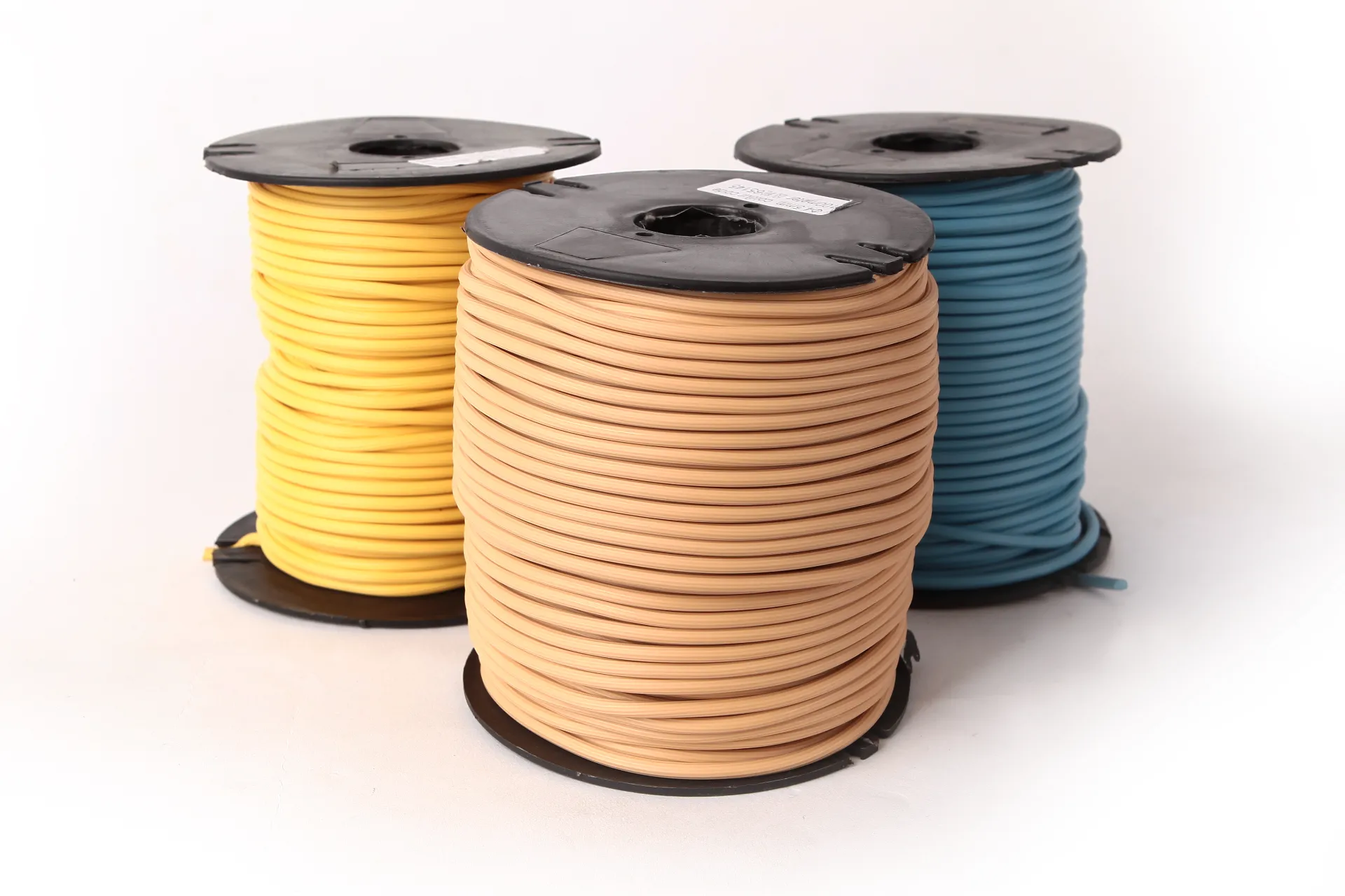
- Afrikaans
- Albanian
- Amharic
- Arabic
- Armenian
- Azerbaijani
- Basque
- Belarusian
- Bengali
- Bosnian
- Bulgarian
- Catalan
- Cebuano
- Corsican
- Croatian
- Czech
- Danish
- Dutch
- English
- Esperanto
- Estonian
- Finnish
- French
- Frisian
- Galician
- Georgian
- German
- Greek
- Gujarati
- Haitian Creole
- hausa
- hawaiian
- Hebrew
- Hindi
- Miao
- Hungarian
- Icelandic
- igbo
- Indonesian
- irish
- Italian
- Japanese
- Javanese
- Kannada
- kazakh
- Khmer
- Rwandese
- Korean
- Kurdish
- Kyrgyz
- Lao
- Latin
- Latvian
- Lithuanian
- Luxembourgish
- Macedonian
- Malgashi
- Malay
- Malayalam
- Maltese
- Maori
- Marathi
- Mongolian
- Myanmar
- Nepali
- Norwegian
- Norwegian
- Occitan
- Pashto
- Persian
- Polish
- Portuguese
- Punjabi
- Romanian
- Russian
- Samoan
- Scottish Gaelic
- Serbian
- Sesotho
- Shona
- Sindhi
- Sinhala
- Slovak
- Slovenian
- Somali
- Spanish
- Sundanese
- Swahili
- Swedish
- Tagalog
- Tajik
- Tamil
- Tatar
- Telugu
- Thai
- Turkish
- Turkmen
- Ukrainian
- Urdu
- Uighur
- Uzbek
- Vietnamese
- Welsh
- Bantu
- Yiddish
- Yoruba
- Zulu
Tirdzniecības grīdas seguma ietekme uz biroja produktivitāti un darbinieku labklājību
The design and functionality of office spaces are crucial in shaping the productivity and overall well-being of employees. While factors such as lighting, layout, and ergonomic furniture often dominate workplace design conversations, the flooring choice is an equally important element that can significantly influence both productivity and employee health. From comfort to aesthetics, the right flooring material can help create a conducive working environment that supports both the physical and mental well-being of staff. Let’s explore how tirdzniecības grīdas segums ietekmē biroja produktivitāti un darbinieku labklājību.
Uzlabo komfortu un mazina nogurumu Ar Tirdzniecības grīdas segums
Viens no vistiešākajiem veidiem, kā grīdas segums ietekmē darbiniekus, ir komforts. Darbinieki bieži pavada ilgas stundas, sēžot vai stāvot pie sava rakstāmgalda, apmeklējot sanāksmes vai staigājot pa biroju. Šajās zonās izmantotā grīdas seguma veids var ietekmēt to, cik ērti viņi jūtas ikdienas gaitās.
Cushioned flooring such as carpet tiles or rubber flooring offers a soft surface that can reduce the strain on legs, feet, and lower backs, particularly in standing or walking-intensive roles. These types of floors also help absorb shock, minimizing fatigue and discomfort. In comparison, harder surfaces like tile or hardwood can cause more pressure on joints over time, leading to discomfort and potential health issues.

Additionally, ergonomic floor mats placed in high-traffic areas can further enhance comfort by providing additional support for standing employees. By reducing physical strain, the right flooring choices can help employees feel more comfortable and energized throughout their workday, which can improve focus and productivity.
Akustiskās priekšrocības: trokšņa piesārņojuma samazināšana Par Tirdzniecības grīdas segums
Trokšņa līmenis birojā var būtiski ietekmēt koncentrēšanos, koncentrēšanos un vispārējo darbinieku apmierinātību. Īpaši atvērta plānojuma biroji var ciest no trokšņa piesārņojuma, kur pastāvīga pļāpāšana, tālruņa zvani un kustība rada traucējošu vidi. Grīdas seguma izvēlei var būt nozīmīga loma trokšņa ietekmes samazināšanā darba vietā.
Carpeted flooring, particularly plush or thick carpets, is known for its sound-absorbing qualities. This type of flooring helps to reduce echo and minimize the transmission of noise between rooms or across workspaces. Similarly, rubber flooring can help absorb sound and dampen the noise from footsteps or machinery, making it ideal for areas like hallways, meeting rooms, or fitness spaces within an office.
Samazinot trokšņa traucējumus, komerciāls ūdensnecaurlaidīgs grīdas segums var uzlabot darbinieku spēju koncentrēties uz uzdevumiem bez vides trokšņa iejaukšanās. Iegūtā klusākā vide veicina labāku saziņu, sadarbību un vispārēju apmierinātību ar darbu, un tas viss veicina augstāku produktivitāti.
Estētiskā pievilcība un darbinieku morāle Par Tirdzniecības grīdas segums
Vizuālā ietekme komerciālās sveķu grīdas nevajadzētu novērtēt par zemu. Grīdas segums veicina kopējo biroja estētiku, nosaka telpas toni un ietekmē darbinieku emocionālo reakciju. Labi izstrādāts, pievilcīgs birojs var radīt lepnuma un piederības sajūtu, motivējot darbiniekus un uzlabojot viņu vispārējo pieredzi darbā.
For example, wooden floors, with their sleek and natural appearance, can bring warmth and sophistication to an office environment. On the other hand, brightly colored floors or innovative patterned tiles can inject energy and creativity into creative spaces, sparking innovation and enthusiasm. Flooring can even be used to demarcate zones within a larger office, helping employees navigate different areas and creating a sense of order and focus.
Estētiski pievilcīgs birojs ne tikai rada viesmīlīgu atmosfēru, bet arī uzlabo morāli un gandarījumu par darbu. Ja darbiniekiem šķiet, ka viņu darba vide ir pārdomāti veidota, viņi, visticamāk, jutīsies novērtēti, kas var palielināt viņu motivāciju un vispārējo labklājību.
Veselības apsvērumi: paslīdēšanas un kritienu riska samazināšana Par Tirdzniecības grīdas segums
Darbinieku veselība un drošība ir vissvarīgākā jebkurā biroja vidē. Grīdas segumam ir izšķiroša nozīme negadījumu novēršanā, jo īpaši vietās, kur ir noplūde vai liela pārvietošanās. Tādās vidēs kā virtuve, tualete vai ieejas, izvēloties pareizo grīdas segumu, var novērst traumas darba vietā, piemēram, paslīdēšanu un kritienus.
Anti-slip flooring materials, such as textured vinyl, rubber, or even some types of tile, are ideal for high-risk areas. These surfaces provide better traction, even when wet, reducing the likelihood of falls. In offices where employees are frequently moving between different areas, having non-slip flooring ensures that employees can walk around safely without worrying about potential hazards.
Pareizs grīdas segums var ne tikai samazināt tūlītēju traumu risku, bet arī palīdzēt mazināt ilgtermiņa veselības problēmas. Piemēram, pretnoguruma paklāju izmantošana darbstacijās var samazināt diskomfortu un samazināt tādu apstākļu rašanās risku kā sāpes muguras lejasdaļā vai asinsrites problēmas, kas var rasties, ilgstoši stāvot uz cietām virsmām.
Ietekme uz vidi: labklājības veicināšana, izmantojot ilgtspējību Par Tirdzniecības grīdas segums
As more businesses adopt sustainability initiatives, there is growing recognition of how flooring choices can contribute to environmental health as well as employee well-being. Green, eco-friendly flooring options can help create a healthier indoor environment while also aligning with the company’s values.
Sustainable flooring materials such as cork, bamboo, or recycled content carpet tiles have a lower environmental impact compared to traditional flooring products. These materials are free from harmful chemicals, which can contribute to better air quality within the office. Some flooring options even come with certifications like LEED (Leadership in Energy and Environmental Design), which ensures that they meet rigorous environmental standards.
Choosing eco-friendly flooring is not just about reducing a company’s carbon footprint; it also fosters a sense of pride among employees. Working in an office that emphasizes sustainability can boost morale and contribute to a positive, healthy work environment, ultimately benefiting both employee well-being and the company’s reputation.
-
Masking Tape: Clean Removal, Precision Lines, Pro-GradeNov.10,2025
-
Skirting: MDF, Oak & SPC | Durable, Easy-FitNov.10,2025
-
Commercial VCT Tile Flooring – Durable, Low-MaintenanceNov.10,2025
-
LVT Vinyl Floors – Waterproof, Scratch‑Resistant, Easy ClickNov.10,2025
-
Masking Tape - Pro-Grade, Clean Removal, Crisp LinesNov.10,2025
-
Premium Masking Tape - Sharp Lines, Clean RemovalNov.10,2025



